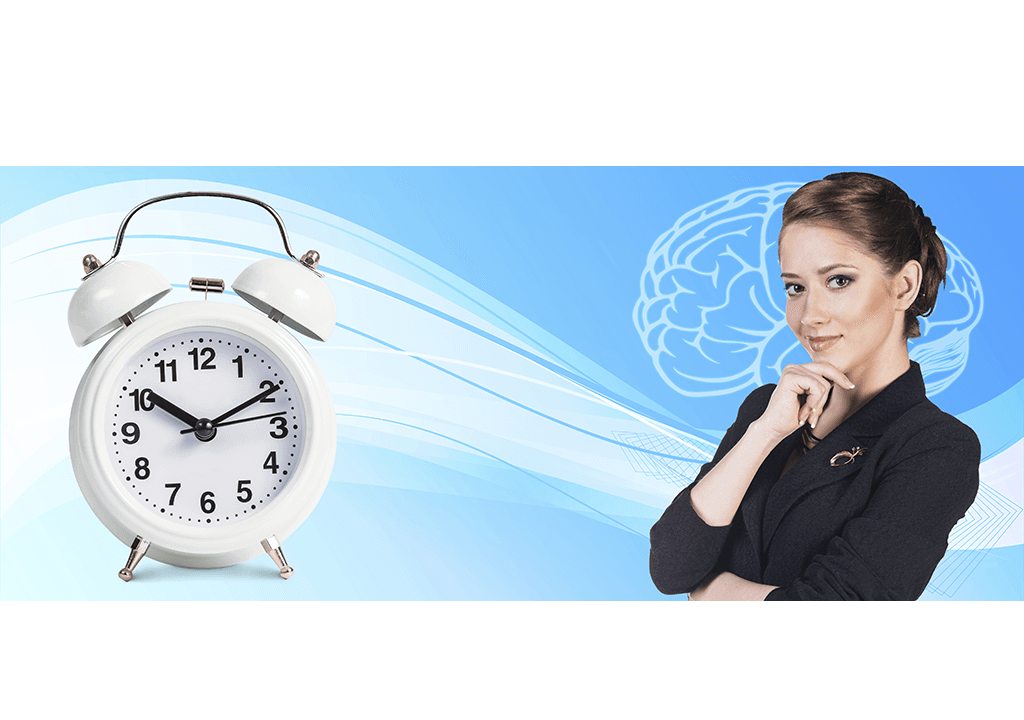Part 1: Physical Pain
Few situations are as frustrating, depressing, and life-altering as chronic pain and the suffering it brings with it. As a chiropractor, many of my patients present with problems that have been going on (even if sporadically) for months, years, decades, or “as long as I can remember.”
Commonly, the public views chiropractic care as a short-term solution for acute pain in the neck or back. Certainly, some recent musculoskeletal injuries can be undone in a relatively short period of time (weeks) with relatively few visits (less than 15). Chronic issues and more severe injury or illness need a different approach, otherwise, benefits may be temporary, un-noticeable, or the patient can be worse off symptomatically.
No matter what the presenting problem may be, we have a four-step approach to helping a patient end the pain and suffering, hopefully for good: identify the cause of the problem; make a change; release toxicity; support the new you.
While the framework for action is the same, it would be too simplistic to say all pain has the same origin, needs the same treatment, and will respond the same way. We can, however, organize the cause of pain and problems into three broad categories, physical, chemical, and mental/emotional.
This article will focus on physical pain, while in the next two parts I will discuss chemical pain and emotional/mental pain. It is possible (and probable) that a patient may be experiencing more than one kind of pain at a given time, and suffering from multiple injuries over their lifetime. If this is the case, healing of different problems may be sequential or simultaneous and moving ahead in healing one problem may mean holding off on or aggravating another.
Physical pain refers to mostly musculoskeletal pain (bones, joints, muscles) such as low back pain from a disc herniation, carpal tunnel syndrome, stiff neck, muscle weakness or spasm, arthritis, bone bruises, sprained joints, etc. The source of purely physical pain is mostly injury (fall, accidents, fights, sports), repetitive stress (poor posture, long hours at a desk, repetitive motions), or malformation/deformity. The result of these situations is that the body is misaligned, and the biomechanics become altered.
Restoring Biomechanical Structure
In chiropractic we look for the original cause for a few important reasons. First, we want to know how chronic the problem is (pain is not always a good indicator). Next, we want to work with the original issue and not just the symptoms. Finally, we want to know if the cause is ongoing (poor ergonomics) or likely to recur (sports injury), as these conditions will add ongoing stress to a healing body and affect the time and extent of healing.
In most cases, changing the biomechanics of the body can be achieved by re-aligning the joints in the spine or extremities with chiropractic care. This is a non-invasive approach to restore proper biomechanical structure for normal function.
From the time of injury, pain chemicals are formed and may be stored in scar tissue around the body in areas of injury and abnormal stress. With changes to alignment, biomechanics, and stress, scar tissue is broken and pain chemicals (prostaglandin, substance P) are released into the surrounding tissue.
At the same time, inactive muscles and ligaments are called to action and release more painful chemicals (i.e. lactic acid). Therefore, pain can be both a symptom of injury and a sign of the healing process. Pain chemicals are toxic and the modern Western response is to suppress any discomfort. Pain suppression includes inactivity, ice, painkillers, nerve blocks, and surgical fusion. These can slow down the healing process, halt it, and even make biomechanical changes impossible.
To best release the pain chemicals from the body naturally, we recommend gentle (to tolerable) motion and lots of fluids (water) to increase circulation to the affected joints and to excrete the pain chemicals. Muscle pain can be released faster with gentle stretching, massage, Epsom salts baths, sauna, Jacuzzi, and also lots of water. If the pain is unbearable, you can slow the release of pain chemicals with the application of ice.
During the healing process, avoid inflammatory or acid-forming foods such as sugar, caffeine, additives, preservatives, and deep fried foods. Anti-inflammatory or alkaline-producing foods, however, promote healing and optimal organ function in the body.
Finally, the healing process will take time for chronic conditions. How long it takes depends on the chronicity, severity, complications, and current life stressors.
In the case of musculoskeletal issues, supporting your healing body includes a good diet, appropriate exercises and stretches, good posture, ergonomics, techniques/skills for work, sports or hobbies, and adequate rest. In addition, regular chiropractic care keeps the body in alignment through the stress of the healing process and stresses of daily living.
Chronic pain is frustrating and can be depressing, but there is hope. Our bodies have an innate intelligence designed to help us heal from most injuries and illnesses. For those who no longer want to just suppress pain or have temporary relief, a chiropractor who specializes in difficult cases is the best option for a multi-modal approach.
Dr. Sabrina Chen-See is a pediatric and family wellness chiropractor based in Vancouver. She is a firm believer in making positive contributions to society, and regularly volunteers her time and chiropractic skills for community and charitable events. Website: www.DrChenSee.com. Phone: (604) 566 9088.





